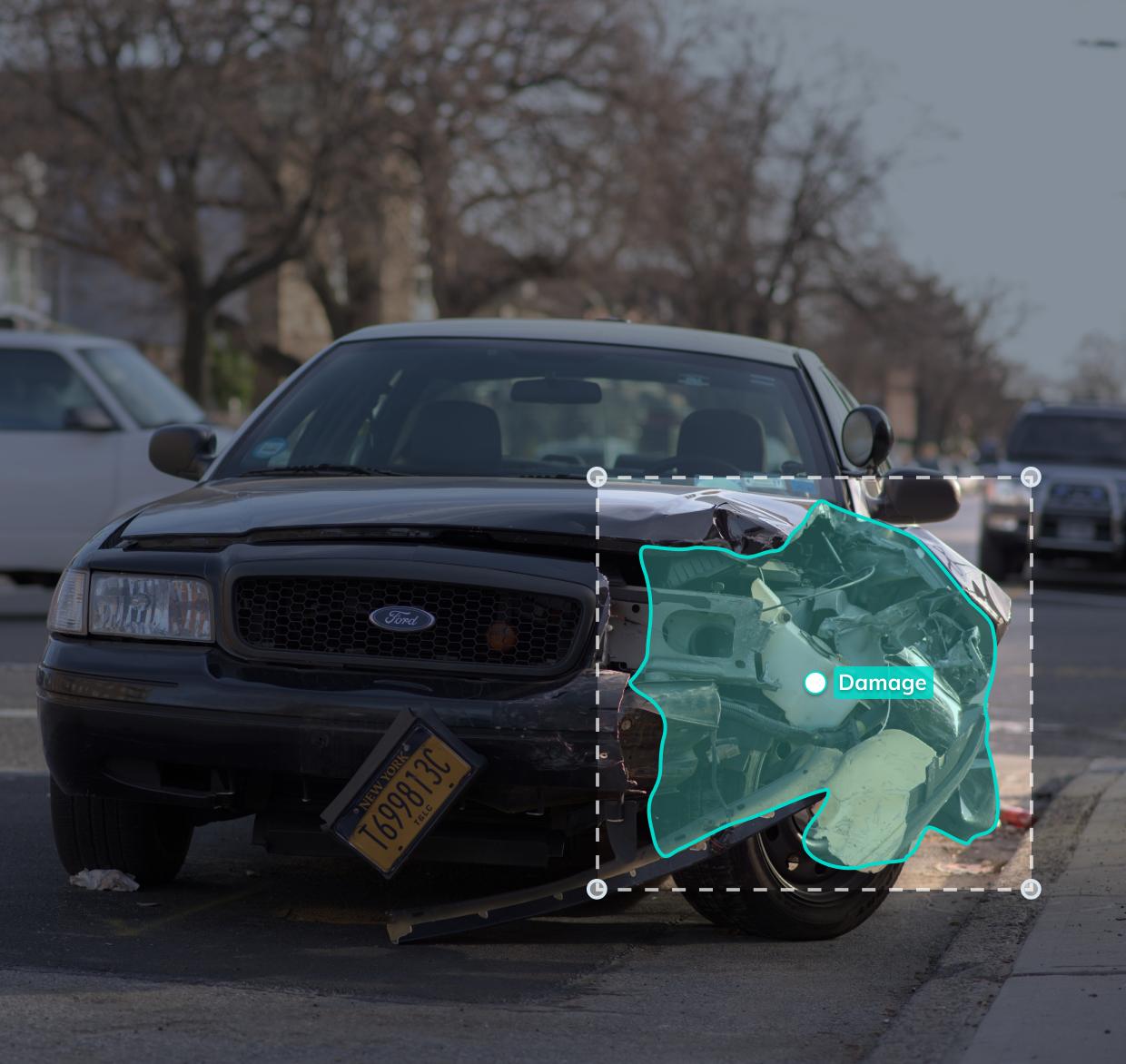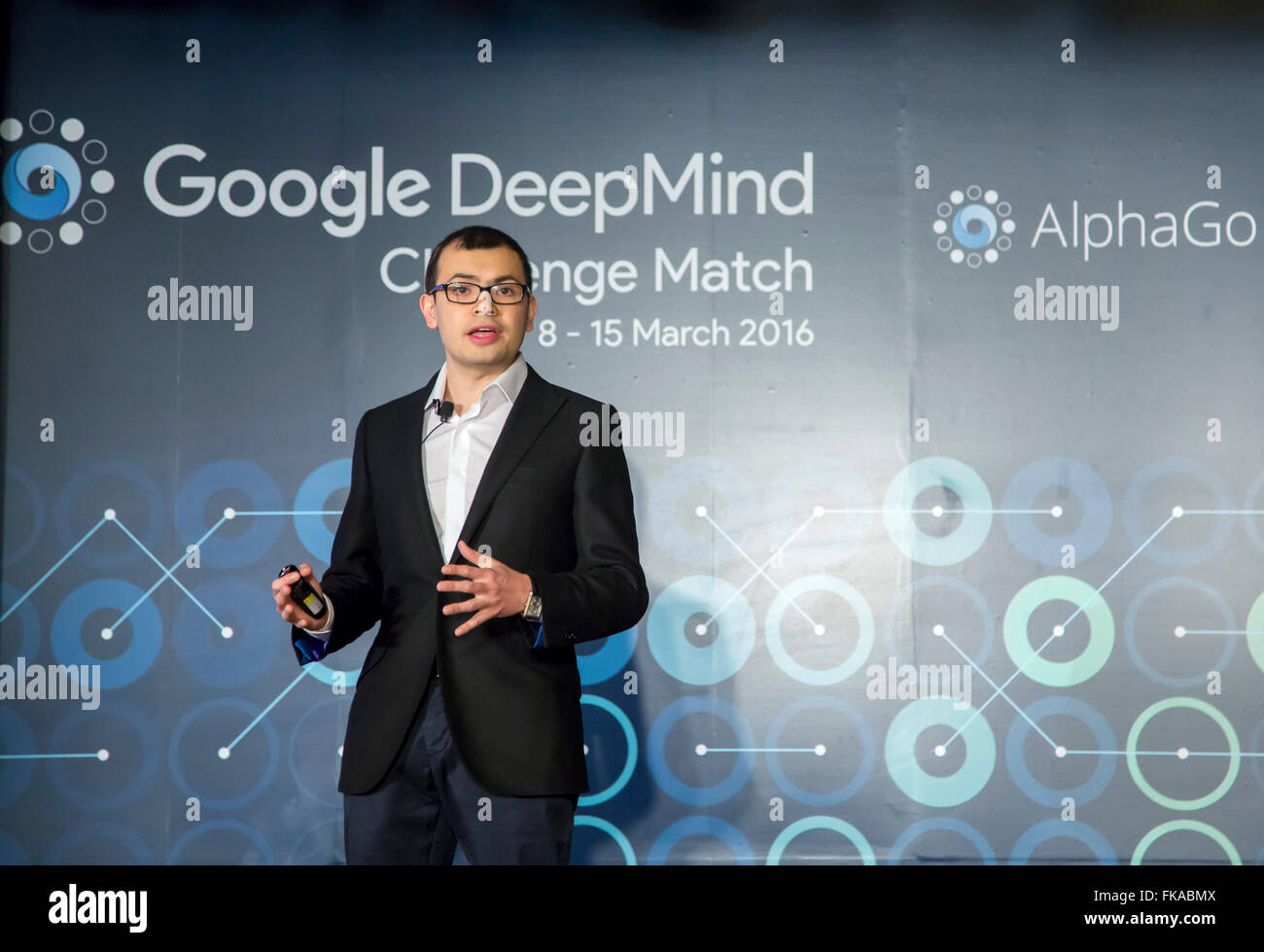
Computer vision is the art of assembling visual images as a jigsaw puzzle. Computer vision employs deep network layers to create and model subcomponents of the pieces. Instead of presenting a final image, neural networks are fed hundreds or even thousands of similar images to build a model that is capable of recognizing a particular object. This article will cover how deep-learning can aid computer vision systems. Continue reading for more information about the pros and cons of deep learning for computer visuals.
Object classification
Computer vision has advanced tremendously in recent years. It is now capable of surpassing human abilities in certain tasks such as labeling and object detection. The technology was first developed in the 1950s. Today, it is 99 percent accurate. The rapid advancement of technology has been made possible by the growing number of user data. Computer vision systems can now be trained to recognize objects with high precision using these data. Computer vision is capable of classifying more than one billion images per day.

Object identification
Augmented reality (AR) is a new technology that promises to change the way people interact with their surroundings by overlaying virtual information onto the real one. To make this possible, AR systems need to identify the objects that interact with the users. Computer vision systems can only recognize general categories of objects, so they can't always be used to determine precise object identities. IDCam is a recent example of computer vision and RFID combining. It uses a depth camera for tracking the hands of users to generate motion traces that can be used to tag RFID-tagged objects.
Object tracking
Deep learning algorithms are necessary for object tracking. They allow computers to detect multiple objects in a given video. This paper will present the algorithms we have used and explain their limitations. Computer systems face many challenges, including occlusion, switching in identity after crossing a border, low resolution, illumination and blur. These problems are quite common in real-world scenes. They pose significant challenges for object tracking software.
Deep learning with object tracking
Object tracking has been a problem in computer vision for nearly two decades. The majority of approaches employ traditional machine learning methods to attempt to predict the object's characteristics and extract distinguishing features to identify it. While object tracking has a long history, recent advances in the field have made it possible to perform the task efficiently and effectively. Below are three deep learning methods that can be used to track objects. Listed below are the details of each.
Object detection with convolutional neural networks
This paper introduces a deformable network for object detection. This technique improves object recognition performance by adding geometric transformations the the underlying Convolution kernel. This technique saves time by automatically training the convolution offset. It also enhances the performance on various computer-vision tasks. This paper will highlight several benefits of CNN based object detection. We present an implementation of this technique, and a comparative evaluation on the performance.

Computer vision: Applications
Many industries are now using computer vision technology. While some applications may be hidden from the public, others can be easily seen. One of the more well-known uses of computer vision is in Tesla cars. Tesla introduced the Autopilot feature to its electric carmaker in 2014, and it has high hopes for fully self-driving cars by 2018.
FAQ
Which industries use AI most frequently?
The automotive industry is one of the earliest adopters AI. BMW AG uses AI for diagnosing car problems, Ford Motor Company uses AI for self-driving vehicles, and General Motors uses AI in order to power its autonomous vehicle fleet.
Other AI industries are banking, insurance and healthcare.
Where did AI come?
Artificial intelligence began in 1950 when Alan Turing suggested a test for intelligent machines. He stated that intelligent machines could trick people into believing they are talking to another person.
The idea was later taken up by John McCarthy, who wrote an essay called "Can Machines Think?" in 1956. It was published in 1956.
Are there risks associated with AI use?
Of course. They always will. Some experts believe that AI poses significant threats to society as a whole. Others believe that AI is beneficial and necessary for improving the quality of life.
AI's potential misuse is the biggest concern. The potential for AI to become too powerful could result in dangerous outcomes. This includes things like autonomous weapons and robot overlords.
AI could eventually replace jobs. Many fear that robots could replace the workforce. But others think that artificial intelligence could free up workers to focus on other aspects of their job.
For example, some economists predict that automation may increase productivity while decreasing unemployment.
Who invented AI and why?
Alan Turing
Turing was created in 1912. His father was a clergyman, and his mother was a nurse. At school, he excelled at mathematics but became depressed after being rejected by Cambridge University. He began playing chess, and won many tournaments. After World War II, he worked in Britain's top-secret code-breaking center Bletchley Park where he cracked German codes.
He died in 1954.
John McCarthy
McCarthy was born in 1928. He was a Princeton University mathematician before joining MIT. He developed the LISP programming language. He had already created the foundations for modern AI by 1957.
He died in 2011.
Statistics
- In the first half of 2017, the company discovered and banned 300,000 terrorist-linked accounts, 95 percent of which were found by non-human, artificially intelligent machines. (builtin.com)
- The company's AI team trained an image recognition model to 85 percent accuracy using billions of public Instagram photos tagged with hashtags. (builtin.com)
- More than 70 percent of users claim they book trips on their phones, review travel tips, and research local landmarks and restaurants. (builtin.com)
- According to the company's website, more than 800 financial firms use AlphaSense, including some Fortune 500 corporations. (builtin.com)
- Additionally, keeping in mind the current crisis, the AI is designed in a manner where it reduces the carbon footprint by 20-40%. (analyticsinsight.net)
External Links
How To
How do I start using AI?
One way to use artificial intelligence is by creating an algorithm that learns from its mistakes. This can be used to improve your future decisions.
For example, if you're writing a text message, you could add a feature where the system suggests words to complete a sentence. It would analyze your past messages to suggest similar phrases that you could choose from.
However, it is necessary to train the system to understand what you are trying to communicate.
Chatbots can be created to answer your questions. So, for example, you might want to know "What time is my flight?" The bot will answer, "The next one leaves at 8:30 am."
This guide will help you get started with machine-learning.